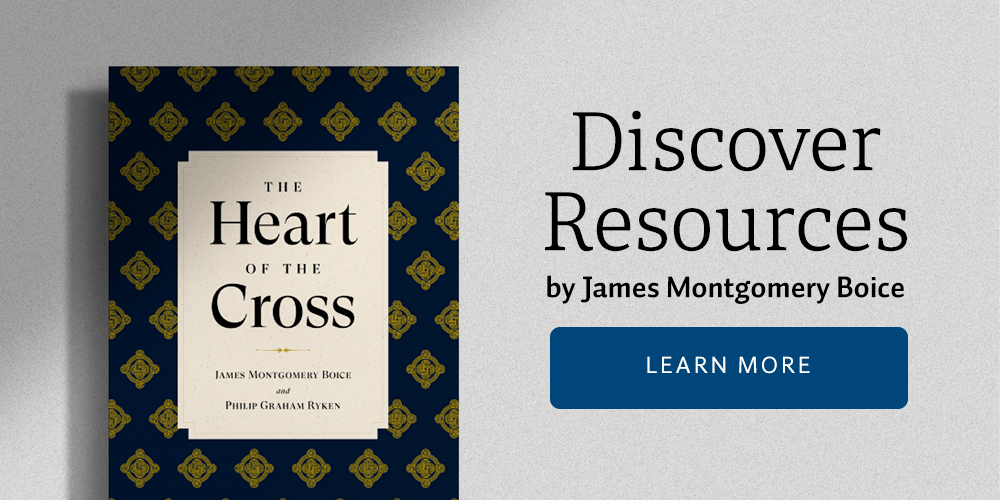Theme: Christianity and Commercialism
In this week’s lesson we see Jesus’ approach to commercialism and materialism in his church.
SCRIPTURE
Matthew 21:12-13
And Jesus entered the temple and drove out all who sold and bought in the temple, and he overturned the tables of the money-changers and the seats of those who sold pigeons. He said to them, “It is written, ‘My house shall be called a house of prayer,’ but you make it a den of robbers.”
LESSON
To get a proper understanding of what was going on when Jesus overthrew the tables we have to know that the temple was a huge religious complex. The temple itself was relatively small, consisting merely of the Holy Place, where the priests ministered and the Most Holy Place, which only the high priest could enter and that only once a year. But this comparatively small building was surrounded by several concentric courts, the outermost of which was the very large Court of the Gentiles. This is where the money changing and the selling of sacrificial animals took place because, being the place for Gentiles, it was not judged to be a sacred place.
Two kinds of business were transacted. The first was the exchange of various national currencies for the temple coins used to pay the temple tax. The temple tax could be paid in the provinces prior to Passover. It was why, several months prior to this, the tax authorities had asked Peter whether his master paid the temple tax. But as Passover drew near the half-shekel tax could be paid only at the temple.
The other kind of trade was the sale of sacrificial animals. These did not need to be bought at the temple. The worshiper could bring his sacrifice with him. But this would be inconvenient for pilgrims coming from distant areas of the country or from abroad. Moreover, the law stipulated that the animals had to be without blemish. Whether they were or not was determined by the priests, and there was always a chance that the priests would reject an offering even after it had been brought a long way.
The justification for these practices was not bad. They stressed the holiness of God and the need to offer him the best possible sacrifices. But both were open to abuse. For one thing, the money changers charged six percent for changing money at all, and if the coin was of greater value than the required half-Shekel, they charged an additional six percent for giving change. The total charge was about half a day’s wage for a laboring man. The sale of sacrificial animals was worse. A person could bring his own sacrifice, as I said. But it was almost certain that the inspectors would reject any animal not purchased from their concessions, and a pair of doves could cost fifty times as much inside the temple area as outside.
Add to this the fact that at Passover time, which this was, Jerusalem was literally thronged with pilgrims. The city would normally have several thousand residents. But at one Passover season, Josephus, the Jewish historian, reported that 256,500 lambs were taken into the city, and when we remember that one lamb was eaten by one household, that the houses were crowded and that more pilgrims resided in the surrounding villages than in the city itself, as was the case with Jesus and his disciples, there must have been many millions of people crowding the temple courts each day.
Clearly, by the time of the Passover at which Jesus presented himself as Israel’s King and Messiah, the temple had become a bazaar.
STUDY QUESTIONS
What kind of business was transacted at the temple?
What was the real problem with these business transactions?
How did the priests justify selling sacrifices?
PRAYER
Ask God to help you not take advantage of others for worldly gain.






